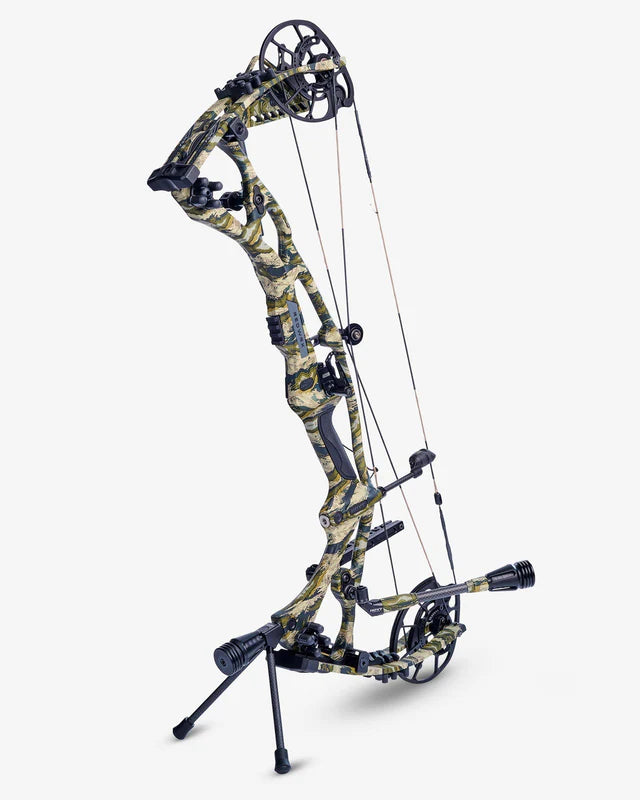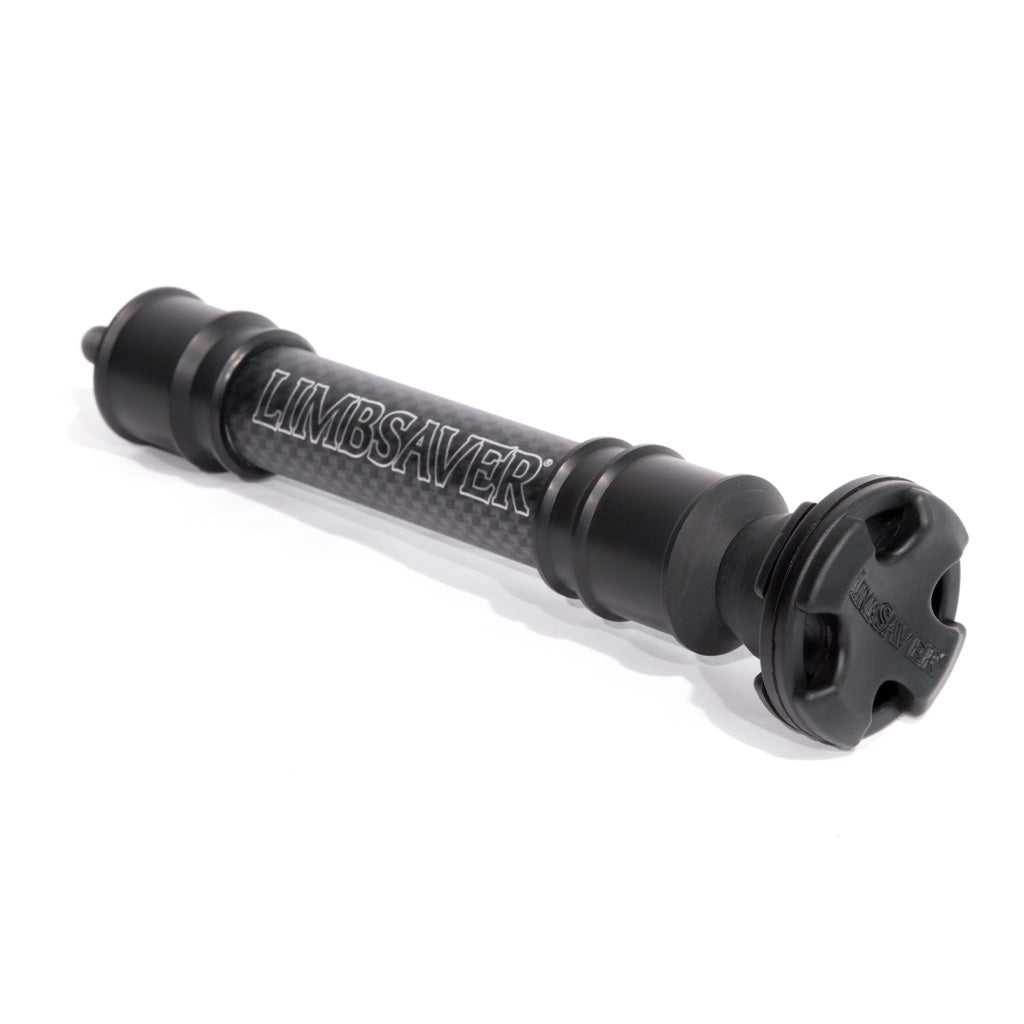Master the Art of Archery: Recognizing the Significance of a Stabilizer in Your Configuration
Archery, an ancient sport that requires focus, precision, and skill, has astounded individuals for centuries. Whether one is a skilled archer or simply beginning their trip, the importance of a stabilizer in their arrangement can not be overstated. This essential item of equipment plays a significant role in boosting accuracy and enhancing total efficiency. By understanding the benefits of using a stabilizer, considering the ideal factors when selecting one, and appropriately installing and changing it, archers can raise their abilities to new heights. Allow us check out the details of grasping the art of archery and discover the vital role that a stabilizer plays in achieving success on the array.
The Role of a Stabilizer in Archery
A stabilizer plays a crucial role in archery by boosting balance and reducing resonances throughout the shot. When an archer draws the bowstring and releases it, there is a transfer of energy that can trigger the bow to shake. These vibrations can negatively impact the precision of the shot. A stabilizer aids to combat these vibrations by absorbing and dissipating the energy.
One of the main benefits of a stabilizer is its ability to enhance equilibrium. When an archer holds a bow, it can be testing to preserve a stable goal. The weight of the stabilizer assists to disperse the weight evenly, lowering the strain on the archer's arm and improving stability. This allows the archer to concentrate on their aim and carry out an extra accurate shot.
In enhancement to equilibrium, a stabilizer also aids to lower torque. When an archer releases the bowstring, there is a natural propensity for the bow to turn in the hand. This rotation, referred to as torque, can create the arrowhead to divert off-course. The weight and style of a stabilizer neutralize this rotation, guaranteeing a much more constant and accurate shot.
Benefits of Utilizing a Stabilizer
The use of a stabilizer in archery uses various benefits that boost an archer's performance and overall shooting experience. First of all, a stabilizer assists to decrease the vibrations generated upon release of the arrowhead. These resonances can create the bow to torque or spin, causing incorrect shots. By soaking up and dampening these resonances, the stabilizer enhances the security of the bow, permitting even more constant and exact shots.
Secondly, a stabilizer assists to stabilize the bow by including weight to the front end. This weight circulation counteracts the natural tendency of the acquiesce tip ahead upon release, minimizing the amount of movement and boosting the archer's capability to keep goal on target.

Finally, a stabilizer can also function as a shock absorber, decreasing the shock and recoil experienced upon release. This not just enhances the comfort of capturing but likewise minimizes the risk of injury or pressure on the archer's body.
Just How a Stabilizer Improves Accuracy
Enhancing the accuracy of an archer's shots, a stabilizer plays a critical duty in boosting general performance. archery stabilizer. By adding stability to the bow, a stabilizer assists minimize the undesirable motion and resonance that can take place during a shot. This decrease in motion permits the archer to preserve a steady goal, resulting in even more regular and precise shots

Furthermore, a stabilizer helps to moisten resonances that happen upon launch. These resonances can cause the bow to tremble, affecting the arrowhead's trajectory and accuracy. By absorbing and dissipating these resonances, a stabilizer assists to maintain the bow's Get the facts security and make certain a exact and smooth shot.
In addition, a stabilizer can additionally assist in stabilizing the weight distribution of the bow (archery stabilizer). By adding weight to the front of the bow, a stabilizer helps to balance the weight of devices, such as quivers or views, which might be connected to the bow. This balanced weight distribution helps the archer keep a regulated and constant capturing placement, causing enhanced precision
Aspects to Think About When Choosing a Stabilizer
When picking a stabilizer for your bow, it is essential to take into consideration several elements that will contribute to its general performance and viability for your specific shooting style. The first factor to think about is the length of the stabilizer.
An additional factor to consider is the weight of the stabilizer. The weight of the stabilizer can influence the balance of your bow. A much heavier stabilizer can help to reduce vibrations and boost security, causing a steadier shot. Nevertheless, a lighter stabilizer might be preferred by shooters who focus on maneuverability and rate.
Some stabilizers have flexible functions, such as adjustable length or adjustable weights, which allow you to tailor the stabilizer to your certain demands. Carbon fiber stabilizers are resilient and light-weight, while aluminum stabilizers supply a balance between weight and rigidity.
Different stabilizers might work better for specific shooting styles, such as target shooting or searching. It is advisable to seek advice from with seasoned archers or professionals to determine which stabilizer will best match your specific needs.
Tips for Correctly Readjusting a stabilizer and mounting
Longer stabilizers provide even more stability however can be much less Our site maneuverable, while much shorter stabilizers supply increased ability to move however may compromise security. When you have chosen the suitable length, attach the stabilizer to the bow utilizing the provided mounting hardware. Guarantee that the stabilizer is safely attached and aligned with the bow's riser.
After installing the stabilizer, it is required to make changes to achieve the wanted balance and shot uniformity. Beginning by changing the weight circulation along the stabilizer. Additionally, take into consideration readjusting the angle of the stabilizer to fine-tune the shot.

Conclusion
In conclusion, a stabilizer plays a critical function in archery by enhancing accuracy and reducing bow torque. When picking a stabilizer, variables such as length, weight, and material should be thought about to meet individual requirements.
In addition, a stabilizer can additionally help in stabilizing the weight circulation of the bow. By adding weight to the front of the bow, a stabilizer aids to balance the weight of accessories, Our site such as views or quivers, which may be affixed to the bow. Some stabilizers have flexible attributes, such as adjustable size or flexible weights, which permit you to tailor the stabilizer to your particular demands. Carbon fiber stabilizers are lightweight and durable, while aluminum stabilizers use an equilibrium between weight and rigidness.
Longer stabilizers provide even more security however can be much less maneuverable, while shorter stabilizers use enhanced maneuverability however might compromise stability.